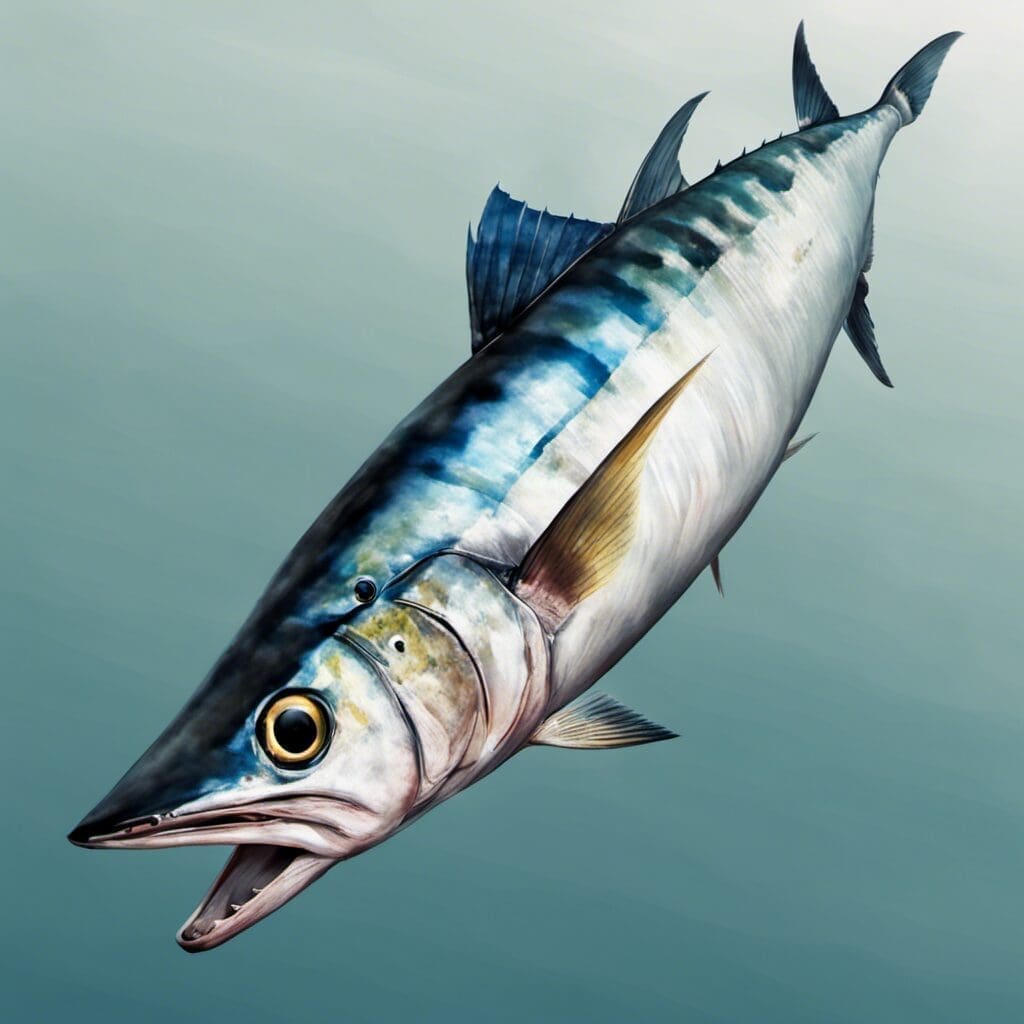Introduction
Pacific Bonito, scientifically known as Sarda Chiliensis, belongs to the Scombridae family. This fish is one of the most well-known species among the scombrid fishes and it has earned its reputation mainly due to its speed and agility in water, making it an exciting target for sport fishing.
Conservation Status
The Pacific Bonito is currently listed as of ‘Least Concern’ on the global conservation scale. Conservation efforts for this species are mostly directed towards sustainable fishing practices and monitoring population levels.
Statistics
| Attribute | Average | Range |
|---|---|---|
| Length | 30 inches (76 cm) | 14-40 inches (35-102 cm) |
| Weight | 10 lbs (4.5 kg) | 2-25 lbs (1-11 kg) |
| Average Lifespan | 6 Years | N/A |
Distribution
Pacific Bonito are found in the subtropical and temperate waters of the Pacific Ocean. They are predominantly located in offshore waters from British Columbia, Canada, to Baja California, Mexico. The migration patterns of Pacific Bonito involve movement to cooler waters during the summer and warmer waters in the winter.
Habitats
Pacific Bonito dwell in both warm and temperate oceanic waters. They are pelagic, meaning they live near the surface or in water columns, rather than near the bottom. The typical depth range is from 0 to 492 feet (0-150 meters), and they can withstand a temperature range from 68 to 74 degrees Fahrenheit (20-23 degrees Celsius).
When and Where to See
Pacific Bonito are commonly observed during the late summer and early fall, in peak sea temperatures. They are typically found during the day near the surface of warm offshore waters.
Best Fishing Locations
Pacific Bonito are primarily caught in waters stretching from British Columbia, Canada to Baja California, Mexico. They are especially prevalent around Catalina Island and Santa Monica Bay in California. For those looking for specific fishing locations, some of the best places include:
– Santa Monica Pier, California
– Newport Pier, California
– Catalina Island, California
– Dana Point Harbor, California
– Monterey Bay, California
- San Diego Bay, California
How to Catch
Pacific Bonito are known for their speed, making them an exciting but challenging catch. They are usually caught using light tackle with a fast retrieve. Popular baits include anchovies, sardines, squid, or mackerel. Fly fishing and trolling are effective techniques as well, especially when using feathered jigs or spoons.
Identification Guide
Pacific Bonito are characterized by their streamlined body and dark blue to purple color from the back, which fades to silver towards the belly. They have narrow stripes on their back and long pectoral fins.
Culinary
Pacific Bonito has a firm, dark meat with a rich, full flavor. It’s commonly prepared by grilling or broiling and is often served as steaks or sashimi. It’s high in protein, Vitamin D, and Omega-3 fatty acids.
Additional Information
Pacific Bonito are predatory creatures, feeding on small fishes, squids, and crustaceans. They are also known for their high-speed pursuits of prey, making them a thrilling match for sport fishers.

